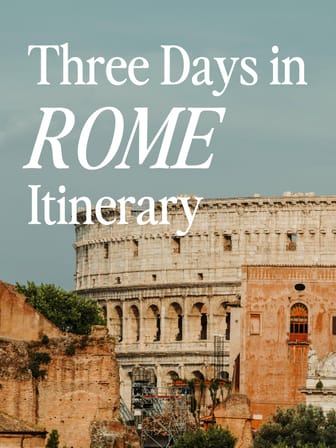Roman Forum
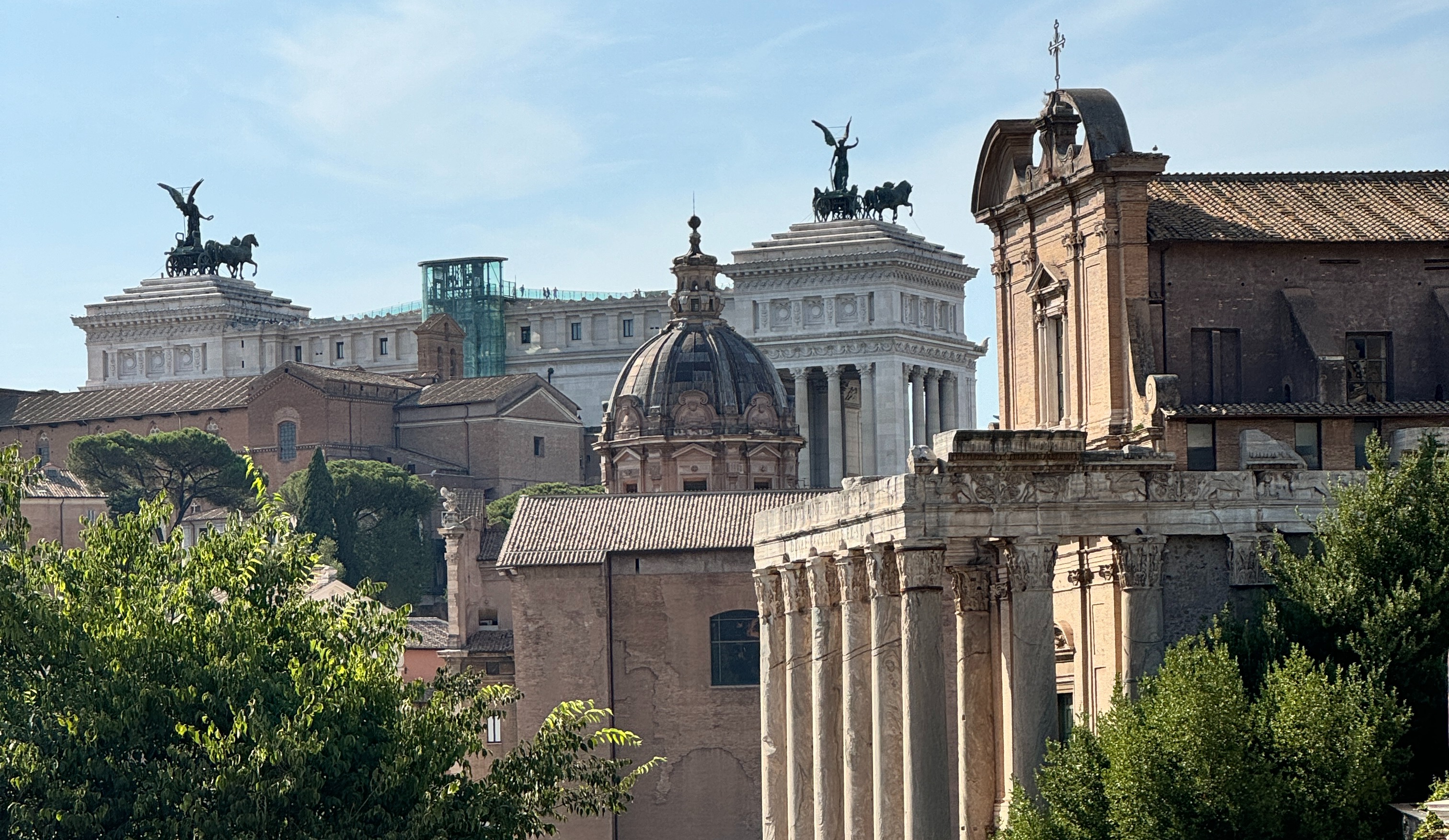
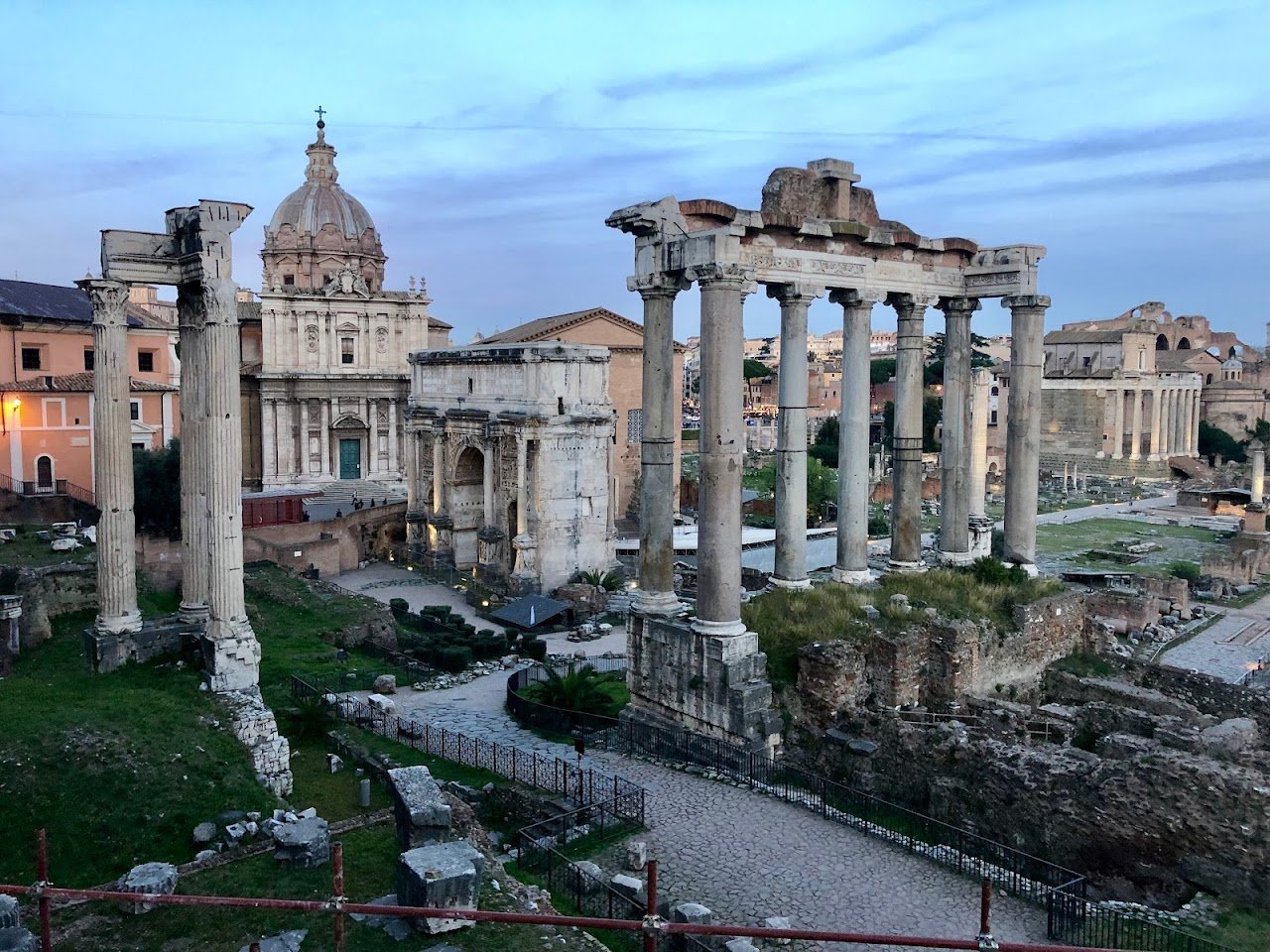
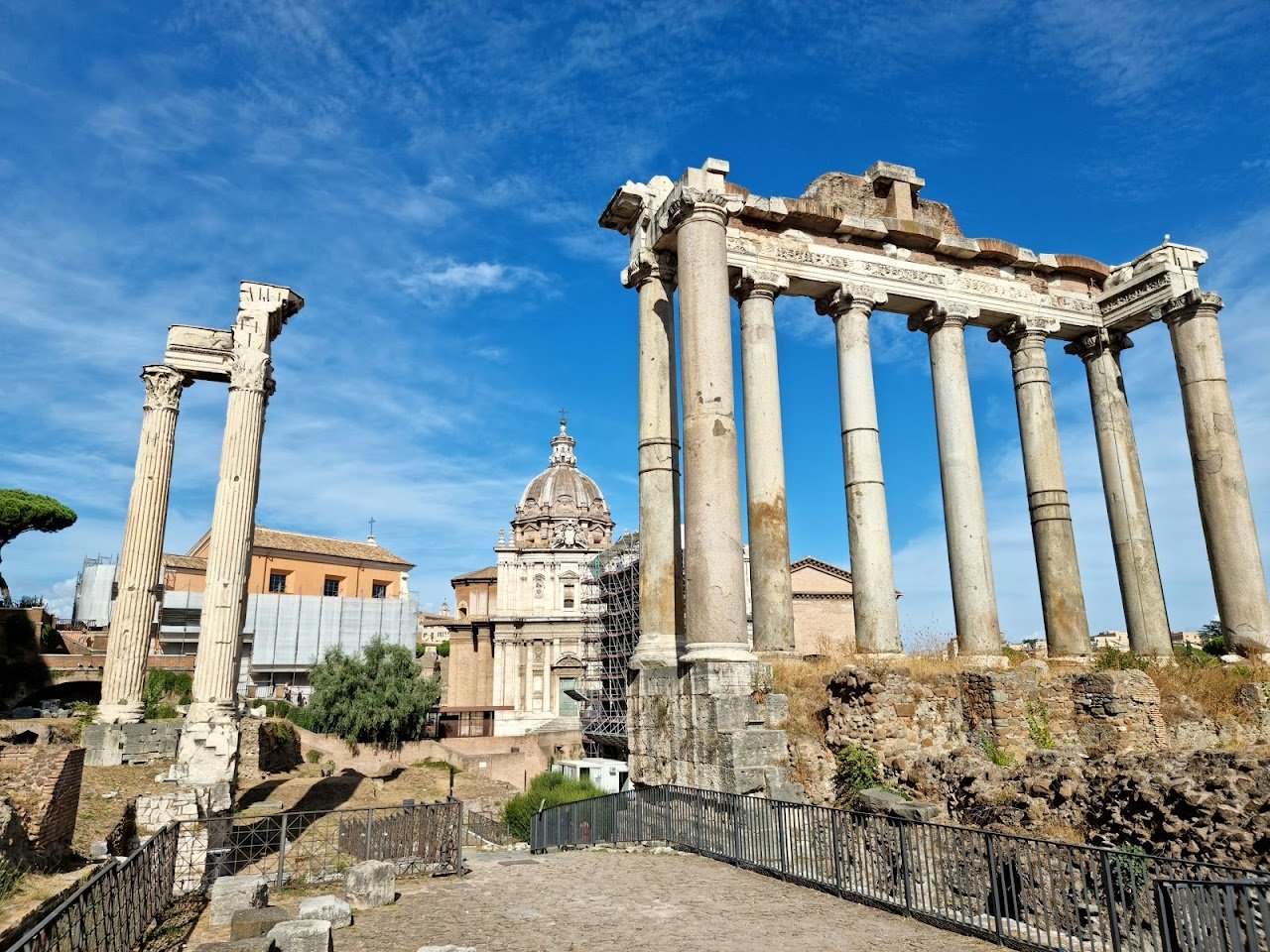
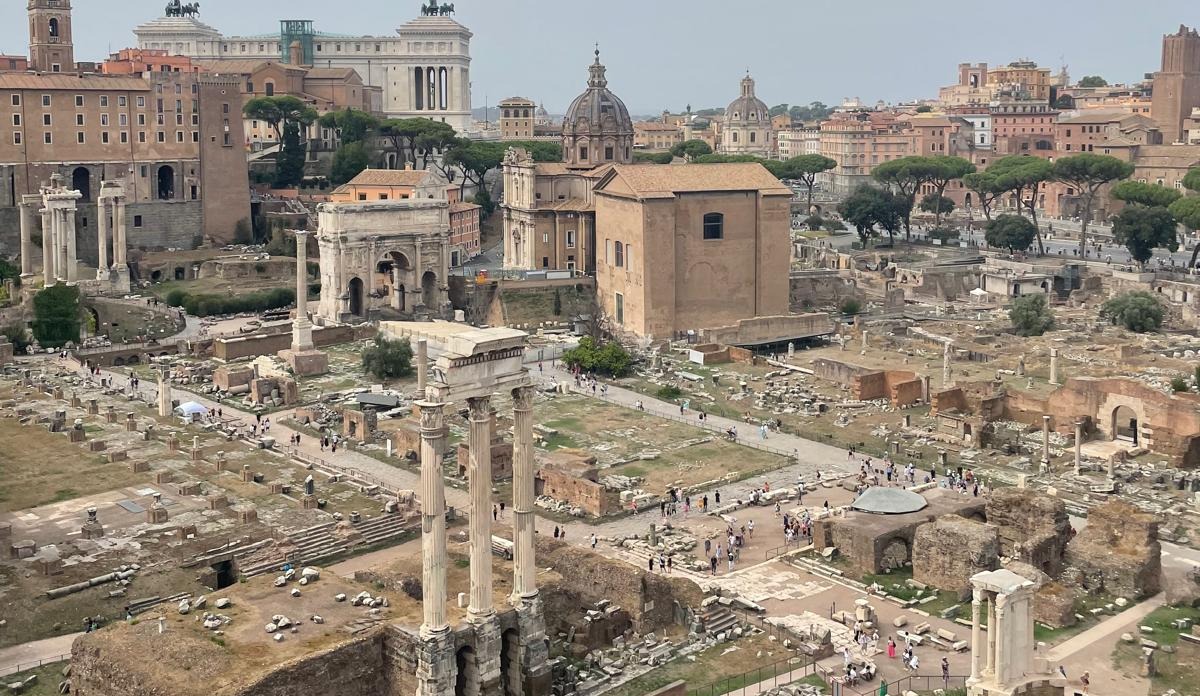
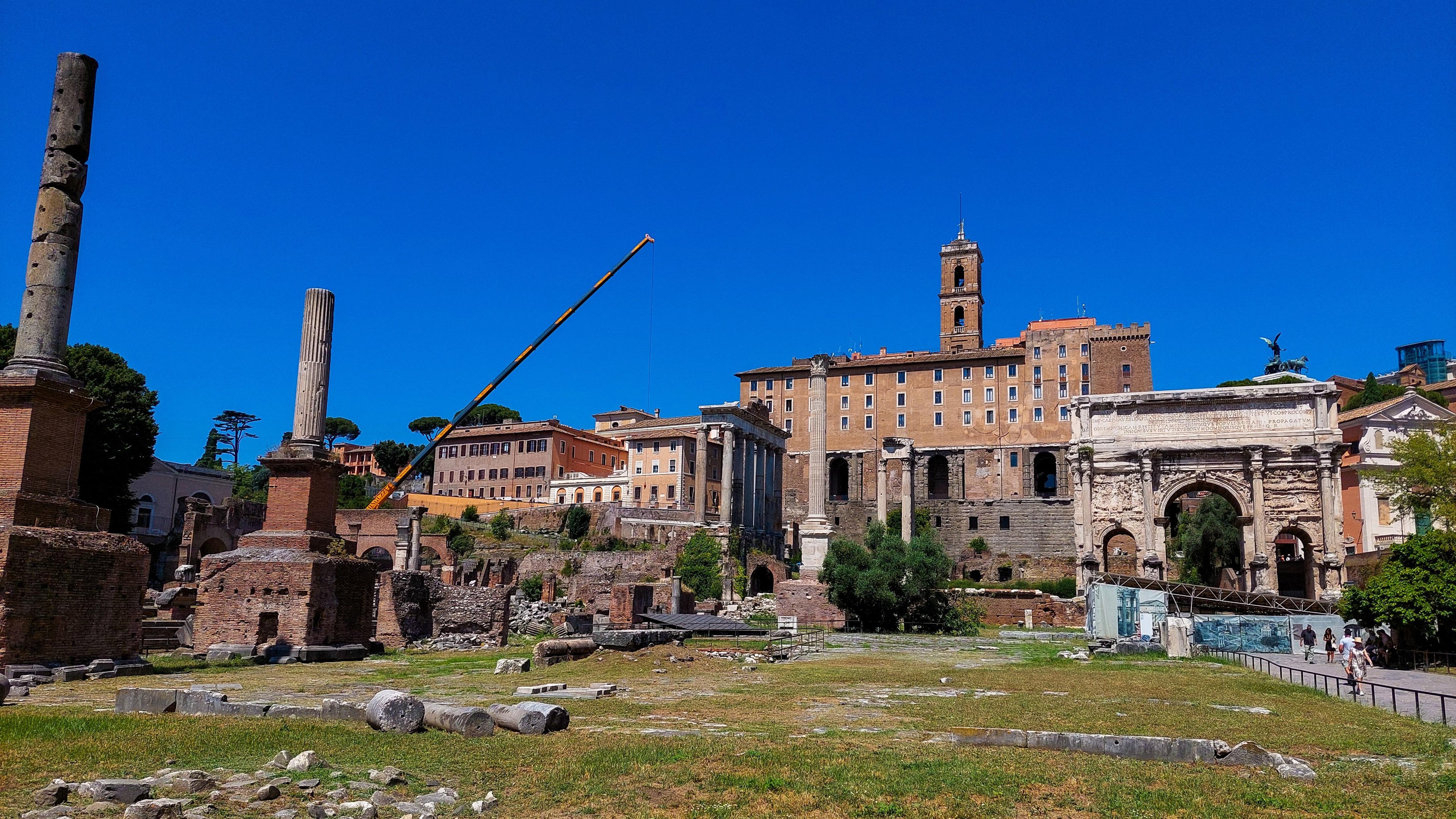
Ask ThatchGPT
Suggest a local expert to plan my trip
Suggest an unique itinerary for my Rome trip
What foods do Rome locals eat
What are some true hidden gems in Rome
Help me brainstorm trip ideas for Rome
Help me plan a family-friendly trip to Rome
What people say
Pedro Pereira
Available for hire
"The Roman Forum, a captivating expanse of ruins nestled amidst the rolling hills of Rome, wasn't just a marketplace or gathering place – it was the very heart of the ancient city. For centuries, this rectangular plaza pulsed with the energy of political discourse, commerce, and religious ceremonies. Imagine togas swirling around senators debating laws in the Curia, merchants hawking their wares from bustling shops, and triumphant generals leading parades through the arches that commemorated their victories. The Roman Forum was the stage for public life in Rome, witnessing everything from elections and fiery speeches to trials and even the roar of the crowds during gladiator fights in the nearby Colosseum.
Standing amidst the weathered stones, you can almost hear the echoes of the past. Grand temples honoring Jupiter, the king of Roman gods, Vesta, the goddess of the hearth, and others lined the edges of the forum. Their imposing structures served as constant reminders of the Roman devotion to their pantheon. Basilicae, originally places of law and administration, eventually became centers of early Christian worship, with the Basilica of Maxentius and Constantine offering a particularly impressive example of the architectural shift.
Over time, the Roman Forum fell into decline, its once-proud structures succumbing to earthquakes, fires, and the inevitable march of time. But even in its ruined state, the forum continues to speak volumes about the grandeur and complexity of ancient Rome. Today, the Roman Forum is a sprawling archaeological park, a treasure trove for history buffs and anyone captivated by the Roman legacy. As you wander through the remnants of these structures, let your imagination paint a picture of the bustling life that once unfolded here.
Here are some of the captivating attractions you'll encounter within the Roman Forum:
The Temple of Julius Caesar: A poignant reminder of the famous leader's assassination, this temple stands on the spot where his body was cremated.
The Arch of Septimius Severus: This triumphal arch, adorned with intricate carvings, commemorates the victories of Emperor Septimius Severus and his sons.
The Temple of Vesta: Though mostly in ruins, this circular temple housed the eternal flame of Rome, tended to by the Vestal Virgins.
The House of the Vestal Virgins: Explore the remains of these dwellings, offering a glimpse into the lives of the priestesses entrusted with guarding the sacred flame.
The Curia: This was the senate house of the Roman Republic, where senators debated and voted on matters of state.
The Basilica of Maxentius and Constantine: This large basilica, with its distinctive barrel-vaulted roof, offers a fascinating example of late Roman imperial architecture.
The Roman Forum is a place where you can step back in time and immerse yourself in the heart of the ancient world. Each ruin, each fragment, whispers stories of power, politics, and the rise and fall of an empire."
Read more in:
Alex Ayling
Available for hire
"The Roman Forum, also known as the Forum Romanum, is an archaeological site located in the heart of Rome, Italy. It was once the bustling center of ancient Rome, serving as the political, social, and commercial hub of the city. Today, the Forum stands as a captivating open-air museum, offering a glimpse into the rich history and grandeur of the Roman Empire.
The Forum is a vast complex of ruins, comprising ancient temples, government buildings, basilicas, triumphal arches, and public spaces. Walking through its remnants allows visitors to immerse themselves in the atmosphere of ancient Rome and envision the vibrant life that once thrived there.
One of the prominent structures within the Forum is the Temple of Saturn, which was dedicated to the god of agriculture and time. Its partially preserved columns and the remains of the podium showcase the impressive architecture of the time.
The Temple of Vesta, dedicated to the goddess of the hearth, is another significant highlight. It was a circular temple where the sacred fire of Rome was kept burning. Though only a few columns remain, it provides a glimpse into the religious practices of ancient Romans.
The Curia Julia, the Senate House of ancient Rome, is another fascinating structure within the Forum. It was the meeting place for the Roman Senate and played a crucial role in the governance of the empire. Today, visitors can explore its remains and appreciate its historical significance.
Aside from the individual structures, the Forum as a whole offers a captivating experience. Walking along the ancient paved roads, such as the Via Sacra, allows visitors to trace the footsteps of Roman emperors, senators, and citizens. The expansive open space surrounded by remnants of grand buildings evokes a sense of awe and transports visitors back in time.
The Forum is worth visiting because it provides a unique opportunity to delve into the history and culture of ancient Rome. It allows visitors to witness the architectural marvels, understand the political and social life of the empire, and appreciate the influence it had on subsequent civilizations. The site is also situated near other prominent landmarks, such as the Colosseum and the Palatine Hill, making it a central part of any visit to Rome.
Overall, the Roman Forum is a captivating archaeological site that offers an immersive journey into the heart of ancient Rome. Its historical significance, architectural wonders, and the opportunity to walk in the footsteps of the past make it a must-visit destination for history enthusiasts, archaeology lovers, and anyone interested in the grandeur of the Roman Empire.
"
Read more in:
Linda Miller
"The Roman Forum, also known as the Forum Romanum, was the center of ancient Rome. It was a rectangular forum surrounded by the ruins of several important ancient government buildings. The Roman Forum was the site of many important events in Roman history, including public meetings, elections, criminal trials, and gladiatorial contests. It was also a major center for commerce and religion.
The Roman Forum was first used as a public space in the 7th century BC. It was gradually developed over the centuries, and by the time of the Roman Empire, it was one of the most important places in the city. The Roman Forum was lined with temples, basilicas, and other important buildings. It also contained a number of public squares and gardens.
The Roman Forum began to decline in the 4th century AD, as the Roman Empire began to collapse. The buildings were gradually abandoned and fell into ruin. The Roman Forum was rediscovered in the 19th century, and excavations began in the 1800s. Today, the Roman Forum is one of the most popular tourist destinations in Rome.
Here are some of the most important buildings in the Roman Forum:
The Temple of Jupiter: This was the largest and most important temple in the Roman Forum. It was dedicated to Jupiter, the king of the Roman gods.
The Basilica Julia: This was a large basilica that was used for public meetings and trials.
The Senate House: This was the building where the Roman Senate met.
The Curia: This was the building where the Roman Senate met to discuss important matters.
The Rostra: This was a platform where public speakers stood to address the crowd.
The Arch of Titus: This arch was built to commemorate the victory of the Roman emperor Titus over the Jews in 70 AD.
"
Read more in:
Mentioned in these guides
About Roman Forum
Get the inside scoop on Roman Forum from local experts, travel creators, and tastemakers. Browse genuine trip notes, Roman Forum reviews, photos, travel guides, and itineraries from real travelers and plan your trip with confidence.
Save this spot for later or start mapping out a new trip today
Try our AI Travel Assistant and get instant answers to any questions about your trip.
Ask ThatchGPT


